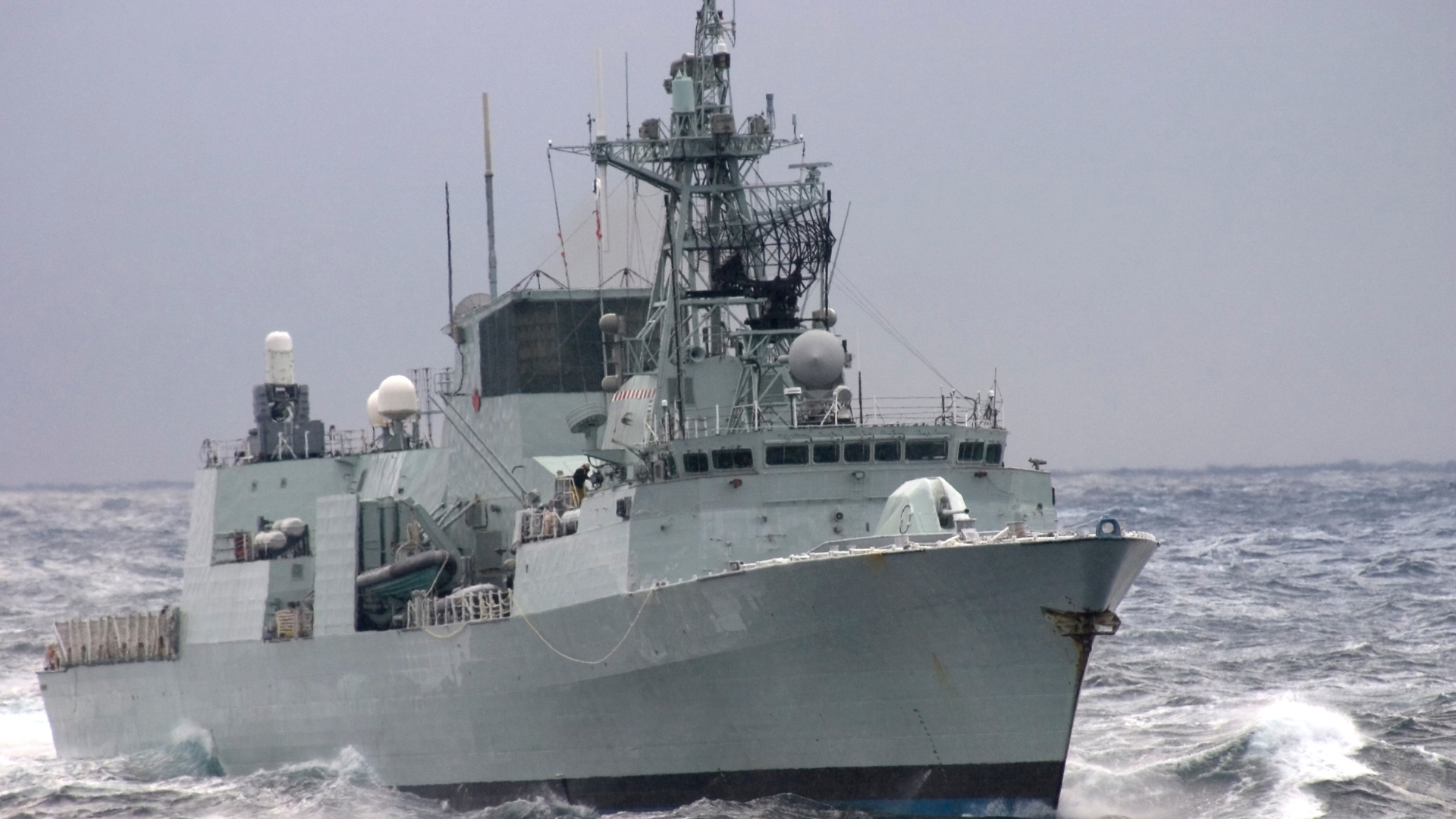The recent sighting of two Chinese People’s Liberation Army Navy (PLAN) vessels operating near the northern coast of Luzon has raised alarm bells over national security and maritime sovereignty in the Philippines.
On April 22, the Philippine Navy (PN) detected the presence of the Chinese aircraft carrier Shandong (CV-17) and a Type 815A electronic surveillance ship within or near the Philippines’ archipelagic waters, signaling a provocative show of force by Beijing and escalating tensions in the region.
According to a PN statement, the sightings were made possible through the Navy’s enhanced intelligence, surveillance, and reconnaissance (ISR) capabilities, reflecting the country’s growing focus on maritime domain awareness. The Shandong was detected just 2.23 nautical miles southwest of Babuyan Island, well within the Philippines’ maritime boundaries. Meanwhile, the surveillance vessel was spotted 33.11 nautical miles northwest of Dalupiri Island, still uncomfortably close to the coast of Ilocos Norte.
The Shandong, China’s second aircraft carrier and its first domestically built one, is a formidable vessel, capable of carrying up to 30 aircraft and traveling at speeds of up to 31 knots. Its proximity to Philippine territory underscores a significant strategic maneuver by China, often accused of assertive behavior in disputed maritime zones.
Security Implications
The presence of these PLAN vessels so close to Luzon is not just a matter of maritime activity—it’s a direct challenge to Philippine sovereignty and a test of the country’s maritime defense posture. Analysts warn that such operations could be part of China’s broader strategy to assert control in the South and East China Seas, including areas traditionally under Philippine jurisdiction.
This incident also reinforces concerns over China’s use of both military and paramilitary tactics to undermine regional stability. The surveillance ship, in particular, signals intelligence-gathering operations that could be aimed at monitoring Philippine defense movements or mapping critical maritime routes and communication networks.
Philippine Response
In response, the PN emphasized its ongoing efforts to maintain maritime awareness and uphold international maritime norms. “The PN continues to uphold its mandate… promoting regional stability through responsible monitoring and reporting,” the Navy said in its statement.
However, with increasing Chinese naval activity, the Philippines faces growing pressure to bolster its maritime defense strategy, including modernizing its fleet, strengthening alliances, and asserting its rights under international law—particularly the 2016 Hague ruling which invalidated China’s sweeping claims over the South China Sea.
Regional Impact
This latest development adds another layer of complexity to an already volatile region, where overlapping territorial claims frequently lead to standoffs. It also comes amid renewed efforts by the Philippines to deepen defense ties with allies such as the United States, Japan, and Australia.
Ultimately, the presence of Chinese warships so close to Luzon serves as a wake-up call for the Philippine government to prioritize maritime security—not just as a matter of defense, but as a cornerstone of national sovereignty and regional peace.






Leave a Reply